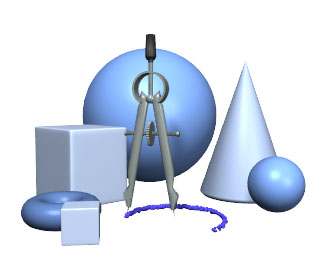|
|
|
|
|
|
|
|

Notes on Translation
The electronic translation service on the York Region District School Board's website is hosted by Google Translate. The quality of the translation will vary in some of the languages offered by Google. Google Translate is a free service and currently offers translation in over 50 languages, although an impressive number, this does not capture all languages or dialects. The basic translation’s goal is to capture the general intention of the original English material.
The York Region District School Board does not guarantee the quality, accuracy or completeness of any translated information. Before you act on translated information, the Board encourages you to confirm any facts that are important to you and affect any decisions you may make.
The York Region District School Board is committed to parent, family and community engagement, and it is our hope that by providing this tool on our website that we are making our information more accessible to families whose first language is not English and thereby enabling better engagement in public education.
|
|
|
|
|
|
Math Department
314
Math Department
|
|
Page Content

|
|---|
| STAFF: |
Department Head (Interim)
Mr. S. Eslami |
| |
Assistant Department Head
|
| |
|
|
| |
| |
| |
| |
| |
| |
| |
|
|
|
The Place of Mathematics in the Curriculum
The unprecedented changes that are taking place in today’s world will profoundly affect the future of today’s students.To meet the demands of the world in which they will live, students will need to adapt to changing conditions and to learn independently.They will require the ability to use technology effectively and the skills for processing large amounts of quantitative information.Today’s mathematics curriculum must prepare students for their future roles in society. It must equip them with essential mathematical knowledge and skills; with skills of reasoning, problem solving, and communication; and, most importantly,with the ability and the incentive to continue learning on their own. This curriculum provides a framework for accomplishing these goals.
The choice of specific concepts and skills to be taught must take into consideration new applications and new ways of doing mathematics. The development of sophisticated yet easy-to-use calculators and computers is changing the role of procedure and technique in mathematics. Operations that were an essential part of a procedures-focused curriculum for decades can now be accomplished quickly and effectively using technology, so that students can now solve problems that were previously too time-consuming to attempt, and can focus on underlying concepts.
“In an effective mathematics program, students learn in the presence of technology. Technology should influence the mathematics content taught and how it is taught. Powerful assistive and enabling computer and handheld technologies should be used seamlessly in teaching, learning, and assessment.”
Expert Panel on Student Success in Ontario, Leading Math Success: Mathematical Literacy, Grades 7–12 – The Report of the Expert Panel on Student Success in Ontario, 2004
This curriculum integrates appropriate technologies into the learning and doing of mathematics, while recognizing the continuing importance of students’ mastering essential numeric and algebraic skills. Mathematical knowledge becomes meaningful and powerful in application. This curriculum embeds the learning of mathematics in the solving of problems based on real-life situations.
Other disciplines are a ready source of effective contexts for the study of mathematics. Rich problem-solving situations can be drawn from closely related disciplines, such as computer science, business, recreation, tourism, biology, physics, or technology, as well as from subjects historically thought of as distant from mathematics, such as geography or art. It is important that these links between disciplines be carefully explored, analysed, and discussed to emphasize for students the pervasiveness of mathematical knowledge and mathematical thinking in all subject areas.
Taken from the Ontario Ministry of Education Curriculum 9 - 12
|
|
|
|
|
|
|
|
|
|
|
|
|
|